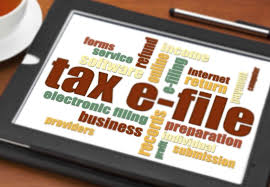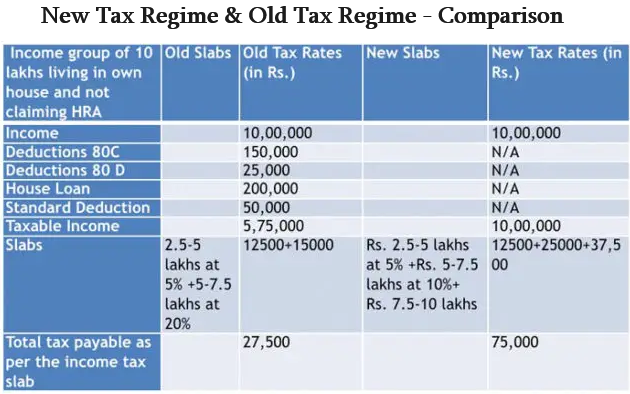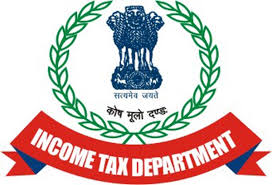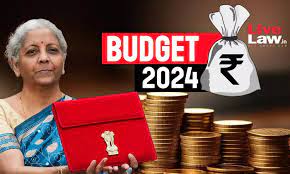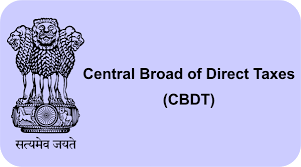
The CBDT), has issued Circular No. 07/2024 dated 25.04.2024 further extending the due date for filing Form 10A/ Form 10AB under the Income-tax Act, 1961 (the ‘Act’) upto 30 th June, 2024.
Considering the representations received by CBDT requesting for further extension of the due date for filing such Forms, the CBDT has extended the due date of filing Form 10A/ Form 10AB until 30th June, 2024
Form 10 A – Form 10 AB –
The Central Board of Direct Taxes ( CBDT ), has issued Circular No. 07/2024 dated 25.04.2024 further extending the due date for filing Form 10A/ Form 10AB under the Income-tax Act, 1961 ( the ‘Act’ ) upto 30th June, 2024.
CBDT had earlier extended the due date for filing Form 10A/ Form 10AB by trusts, institutions and funds multiple times to mitigate genuine hardships of the taxpayers.
The last such extension was made by Circular No. 06/2023 extending the date to 30.09.2023.
Considering the representations received by CBDT requesting for further extension of due date for filing of such Forms beyond the last extended date of 30.09.2023, and to avoid genuine hardships to taxpayers,
CBDT has extended the due date of filing Form 10A/ Form 10AB up to 30th June, 2024, in respect of certain provisions of section 10(23C)/ section 12A/ section 80G/ and section 35 of the Act.
Form 10B enables a taxpayer to file an audit report if the taxpayer has applied for or is already registered as charitable or religious trust/institution by filing Form 10A. Form 10B is accessed by the CA added by the taxpayer under the My CA service and is assigned the relevant form.
It was further clarified by CBDT that, if any such existing trust, institution or fund had failed to file Form 10A for AY 2022-23 within the extended due date, and subsequently, applied for provisional registration as a new entity and received Form 10AC, can also now avail this opportunity to surrender the said Form 10AC and apply for registration for AY 2022-23 as an existing trust, institution or fund, in Form 10A till 30th June 2024.
It was also clarified that those trusts, institutions or funds whose applications for re-registration were rejected solely on the grounds of late filing or filing under the wrong section code, may also submit fresh applications in Form 10AB within the aforesaid extended deadline of 30th June 2024.
The applications as per Form 10A/ Form 10AB shall be filed electronically through the e-filing portal of the Income Tax Department.

